When it comes to giant, vaguely eerie bits of architecture, Stonehenge is top dog. Druids! Astronomy! Heavy things that have been moved even though that seems hard! But I would argue that the famous circle of rough-hewn rock, though still very cool, has had plenty of time in the sun. It’s time to give a little bit of our dropped jaws and whispered theories to some other spooky structures around the world. This article can also be read as, I assume, basically an episode guide for the show Ancient Aliens.
Let’s check out some big, weird stuff!
Newgrange
If I were the strange, swirl-covered structure known as Newgrange, I’d be a bit annoyed by Stonehenge stealing all my glory. Both are huge stone structures and both are thought to have been based around the movement of the sun, but Newgrange is actually 500 years older than Stonehenge, its more popular baby brother. Historians have dated its creation to 3200 BCE, and though they’re pretty sure it was a very religiously significant site, the exact purpose can’t be known. One very cool detail that helped them arrive at this conclusion: Once a year, on the winter solstice, a ray of light comes shining through a hole and illuminates a specific chamber within.
Catalhoyuk
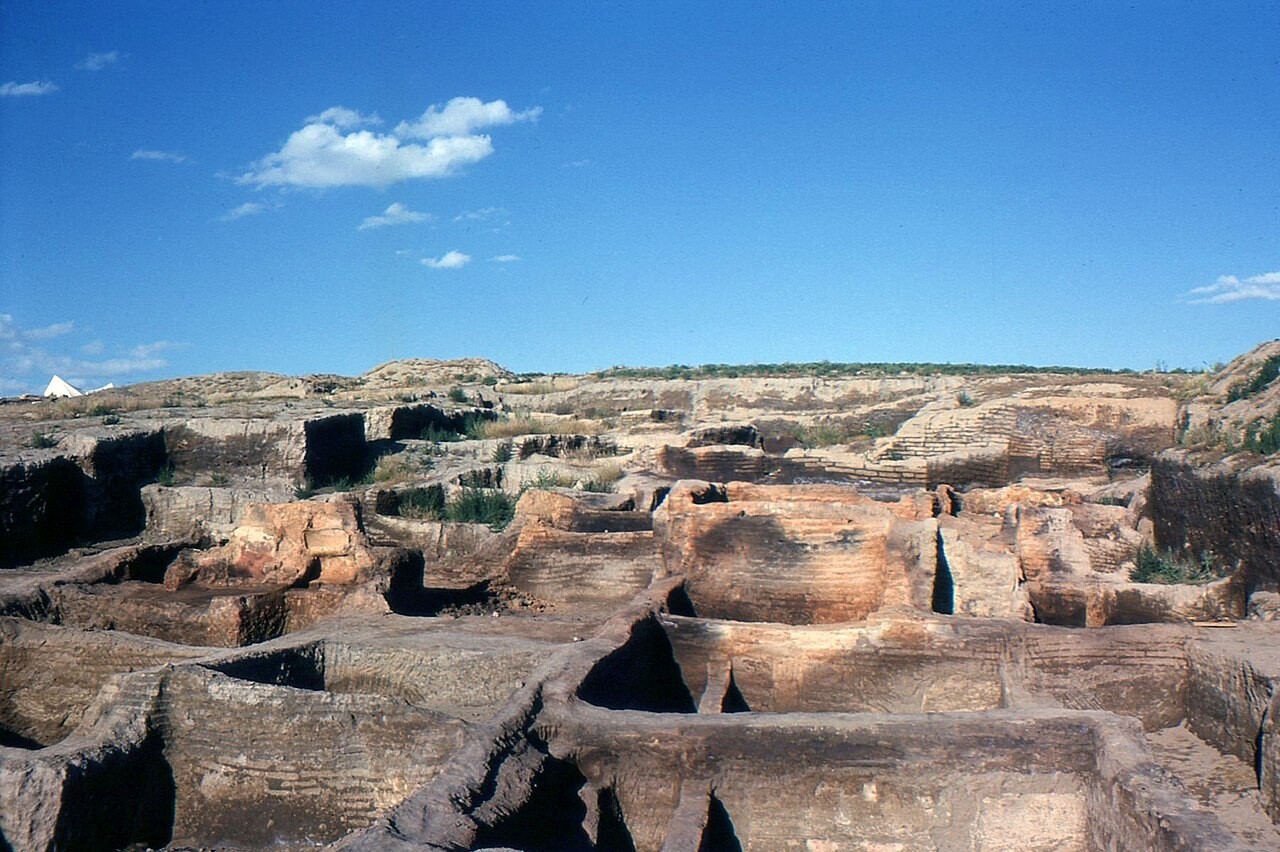
Catalhoyuk, in Turkey, if you look at it simply in pictures, doesn’t seem too shocking. It’s an ancient dwelling place, packed tightly in a way that echoes modern urban planning. The fact that ancient people didn’t all live in hollowed-out trees and huts is nothing new, though. What’s fascinating about Catalhoyuk is just how old it is. It was created and settled 9,000 years ago, which means that its residents had somehow figured out how to build something that could not inaccurately be described as a city while humans were still working out things like agriculture, animal domestication and fired pottery.
Skara Brae
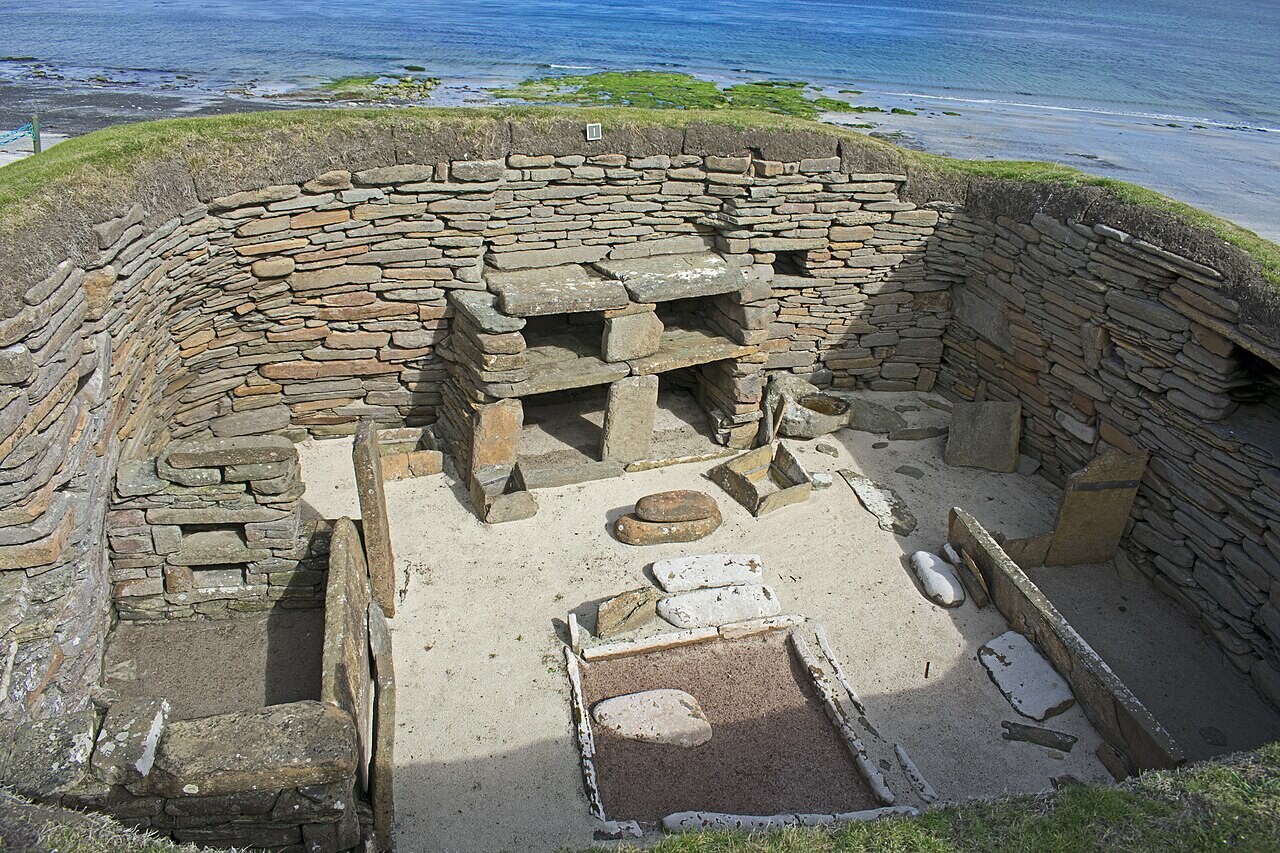
When a storm ripped apart Orkney in Scotland in 1850, in addition to all the structures it had destroyed, there was one that it had revealed for the first time. Unbeknownst to modern occupants, under the grass near the Bay o‘Skaill were a series of ancient houses. Probably due to them being unintentionally sealed away for centuries, they were also remarkably intact. Notably, they seem to have been long-abandoned even during their native time, possibly because of the erosion that would ultimately bury them. Fascinating, but not exactly spooky. That energy was added later, with the discovery of ancient skeletons buried nearby.
Goseck Circle
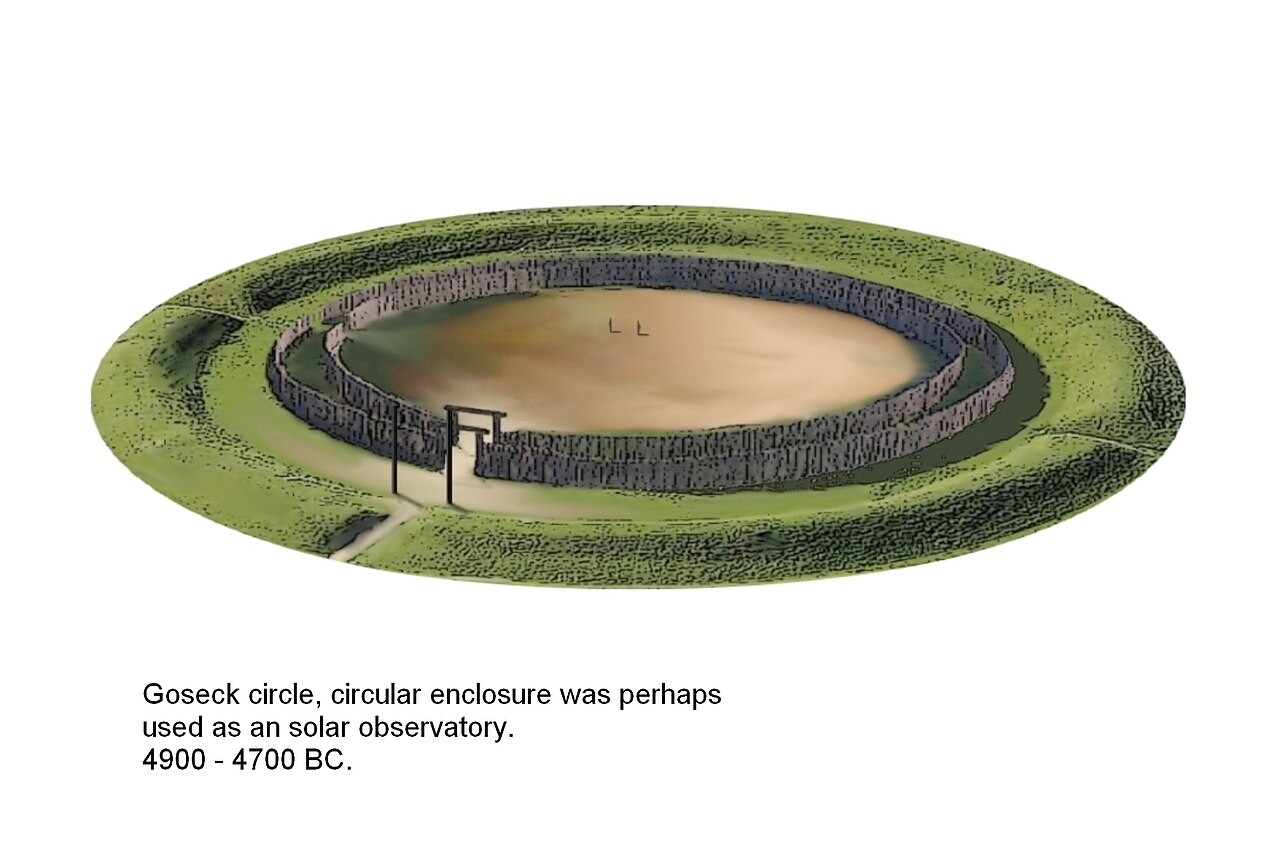
“Uh, the image says right there it was probably a solar observatory.” Look, hold on just a second, okay? First of all, in the interest of being argumentative, “solar observatory” seems like scientists’ go-to for anything outside they don’t understand. Yes, the gates and gaps in the two huge circles of wooden posts that make up the Goseck Circle do line up with solstices and such. The much juicier detail is that excavations have revealed the middle area to be full of cow and human skeletons, suggesting there might have been ritual sacrifice mixed in with the pretty sunsets.
Olmec Heads
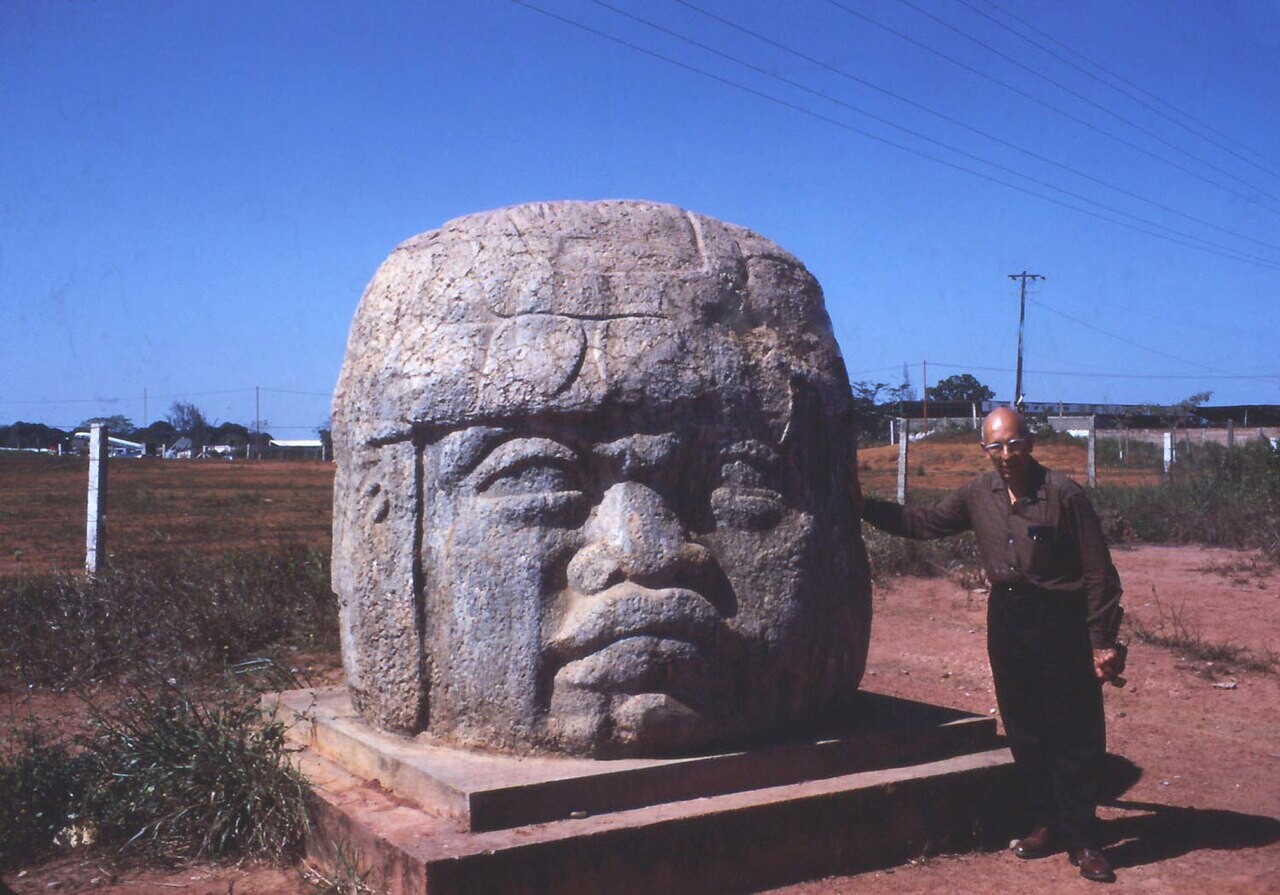
Pretty sure the Olmecs didn’t go through all the trouble of carving these huge stones just for a cameo on Legends of the Hidden Temple. Unfortunately for them, that’s probably the first thing the mention of their civilization inspires among the current generation. The giant carved heads that inspired the nemesis of agile children everywhere, though, are real — and real unsettling, especially for the first farmer who accidentally dug them up. Who they actually portray is still unknown, though the generally accepted theory is that they’re tributes to the civilization’s greatest rulers. Talk about a “head” honcho! (I sighed after I wrote that.)
Pumapunku
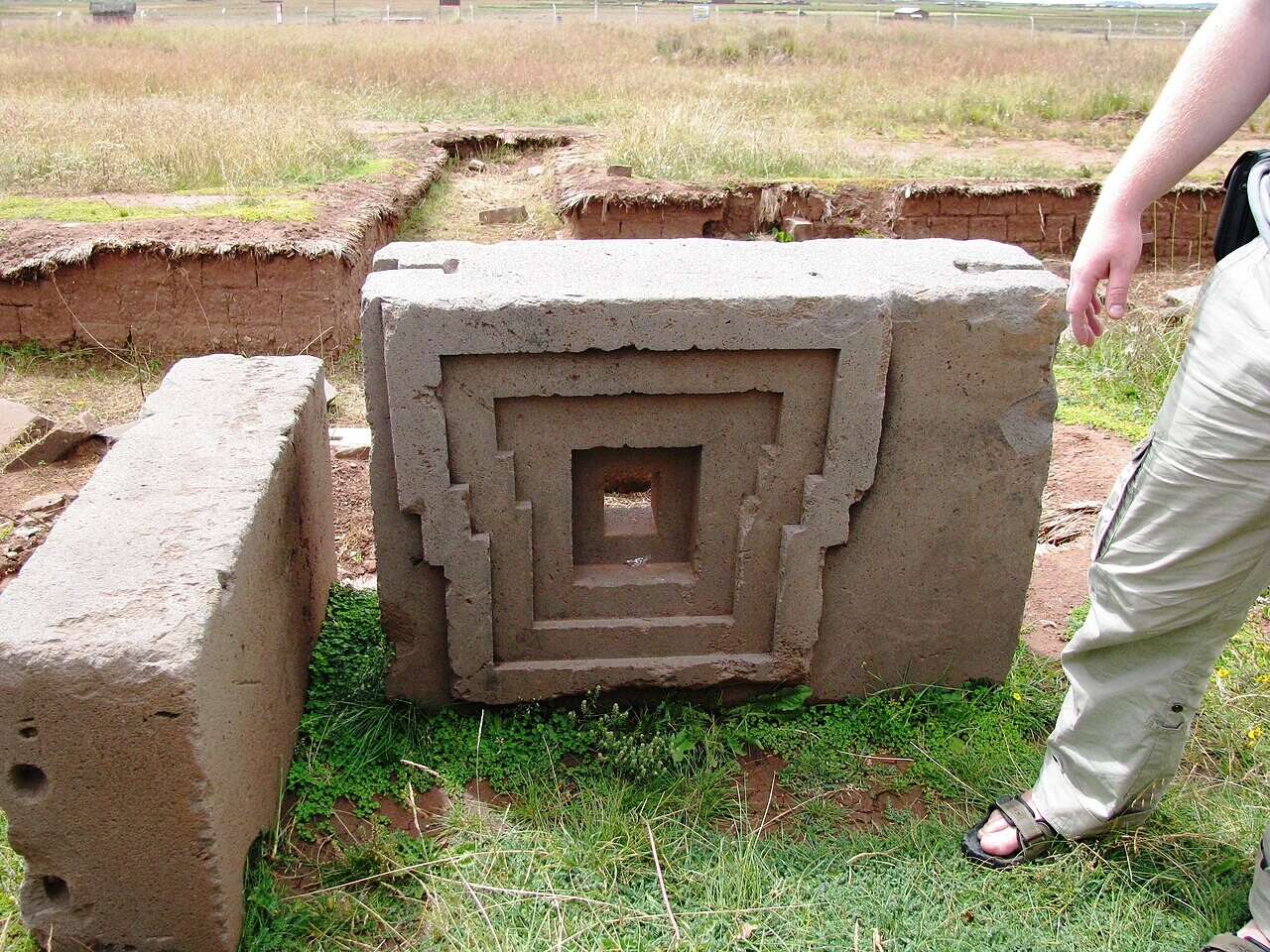
Pumapunku, or Puma Punku, depending on what nerd you ask, is located in Bolivia. From far away, it doesn’t look particularly remarkable, as far as ruins go. A smattering of earth-colored stones, an arch or two, all pretty much par for the course. It’s when you get close that you start to notice strange details, specifically in the carving of said stones. The ruins of Puma Punku are covered in incredibly precise geometric carvings, that look crafted more by a CNC machine than by a sweaty ancestor with a chisel. Naturally, a certain subset of people have taken this and linked it directly to alien space lasers. I would file that under unlikely, but even modern stonemasons have admitted they’d have a hard time replicating the carvings with a full 2024 toolbox.
Serapeum of Saqqara
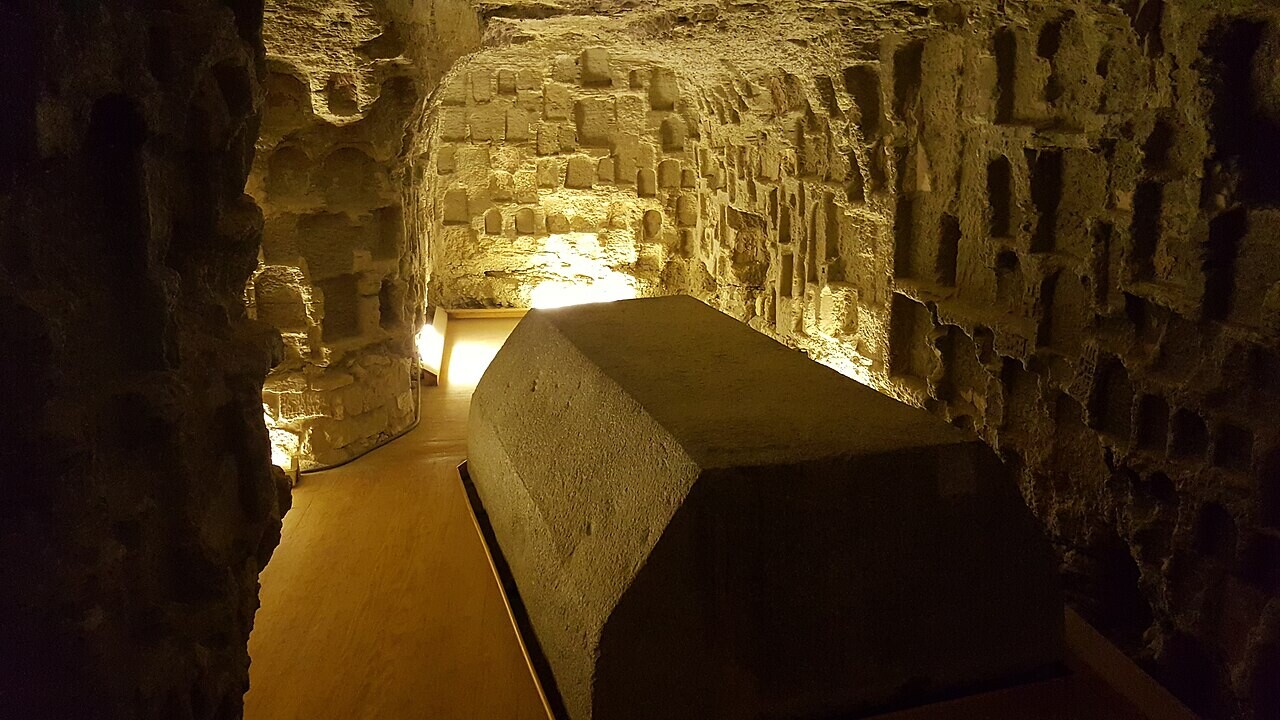
Speaking of incredible precision, let’s take a look at the sarcophagi within the Egyptian Serapeum of Saqqara. In contrast to the ornate, outsized coffins the word usually inspires, these are much more geometric and modern. Sort of like if CB2 made mummy holders. Their material, too, was straight out of the Crate & Barrel catalog, since they’re made of solid granite, which isn’t a particularly easy material to work with, especially when you’re working with enough of it to make 11-foot-tall containers. Despite all those challenges, maybe the most impressive detail is that the lids close with a tolerance of a single micron, meaning they were effectively airtight. No one’s sure exactly what they were made for, and guesses range from fermentation to burial sites for sacred bulls.
Moray Terraces
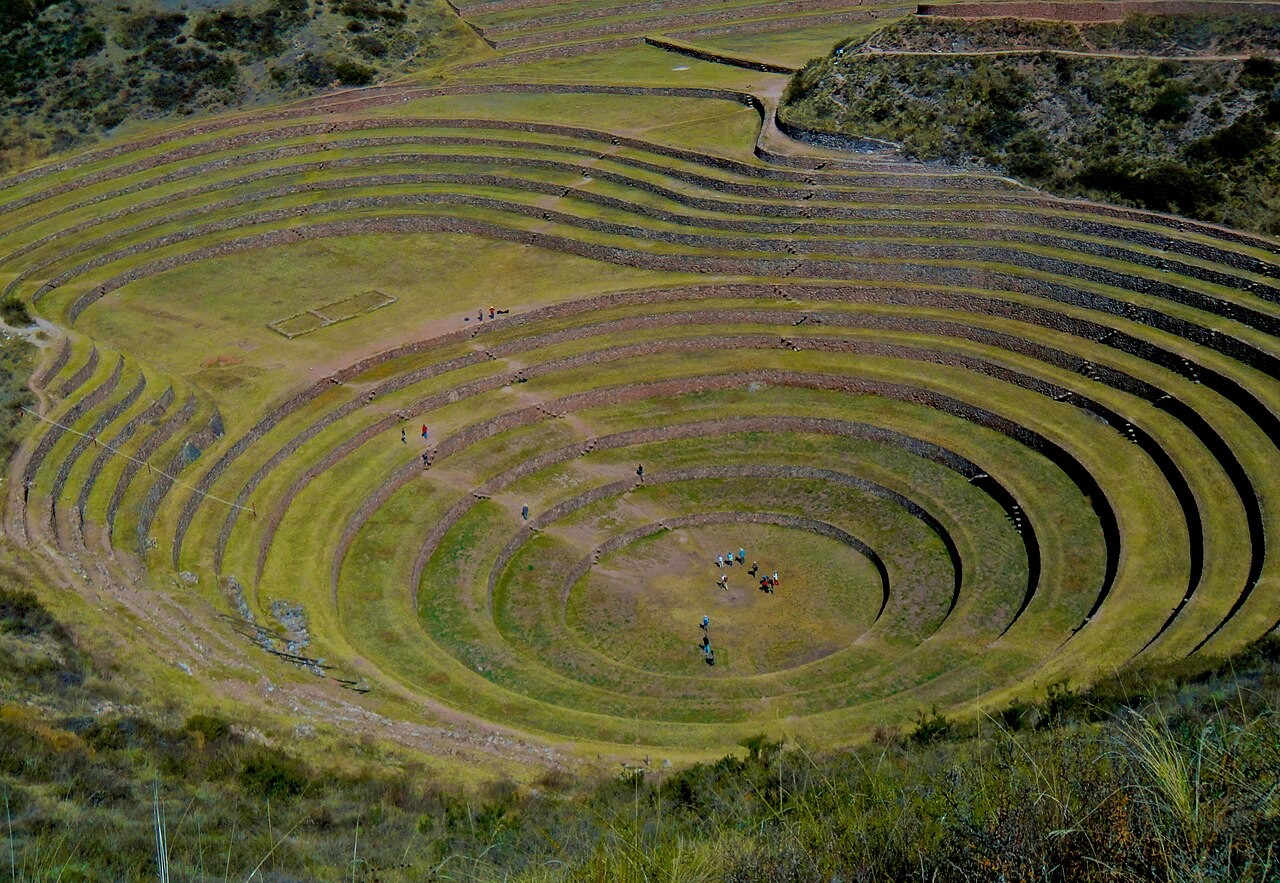
The Moray Terraces in Peru are immediately, visually, a 10 out of 10. I mean, look at that thing. The sort of incredible landmark that probably made a pilot crash their plane at some point. Even beyond the visual details, there’s some amazing engineering details as well: It’s got spectacular drainage, preventing it from becoming a very cool puddle with heavy rainfall, and there’s a 15-degree temperature difference between the bottom and top. Scientists’ best guess as to its purpose was for agricultural research, allowing the Incas to monitor how crops grew at different temperatures.
Las Bolas
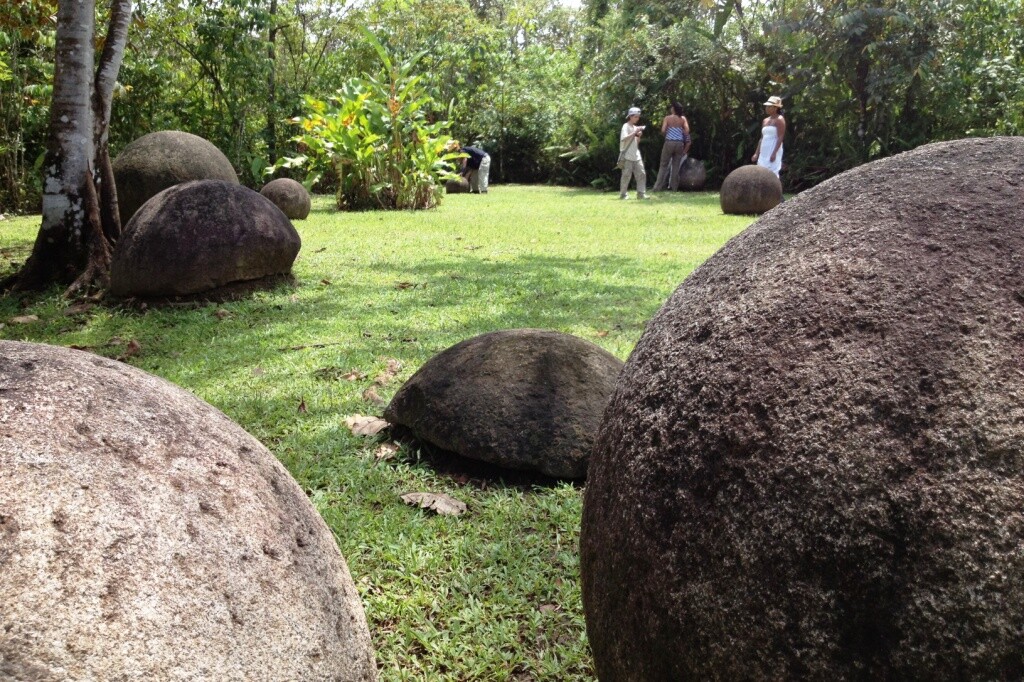
Last, and most ripe for childish humor, is what are known as “Las Bolas,” or giant stone balls scattered across the Diquis Delta in Costa Rica. There’s almost 300 of the spheres, and they come in all different sizes, with the biggest being nearly seven feet across. Their purpose is unknown, though some speculate they served an astronomical use. See what I mean about archaeologists defaulting to “uh, sun stuff”? My personal belief: They made them because they thought they looked cool.

